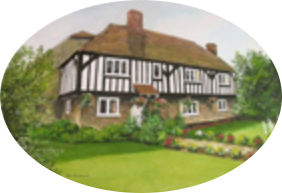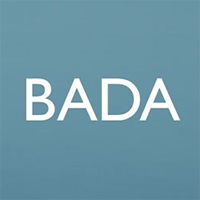Victorian Novelty Silver Rifled Muzzle Loading Shell Propelling Pencil
SAMPSON MORDAN & CO, London c1877
Photo 1 of 8
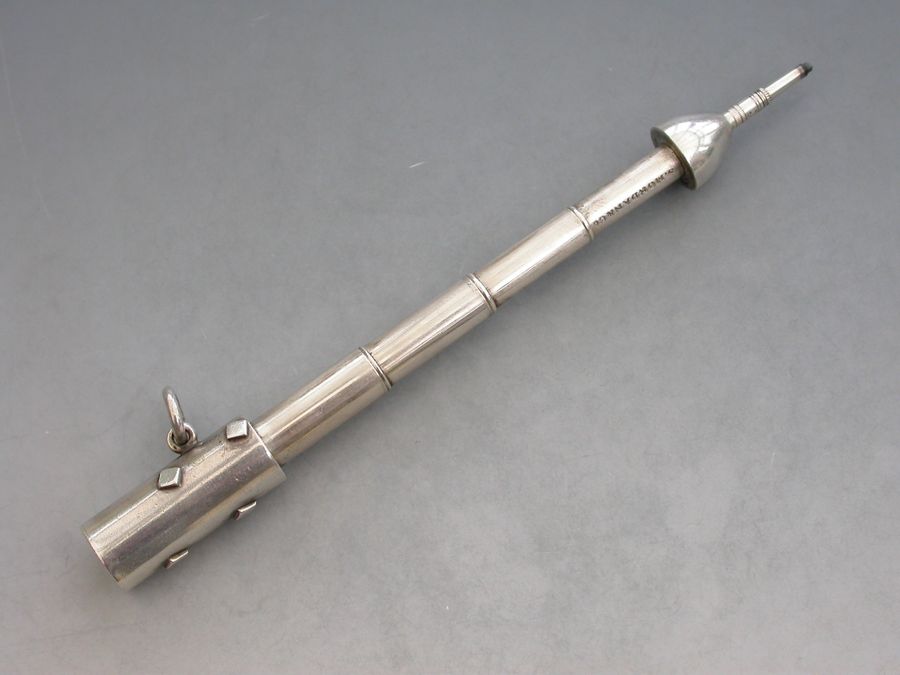
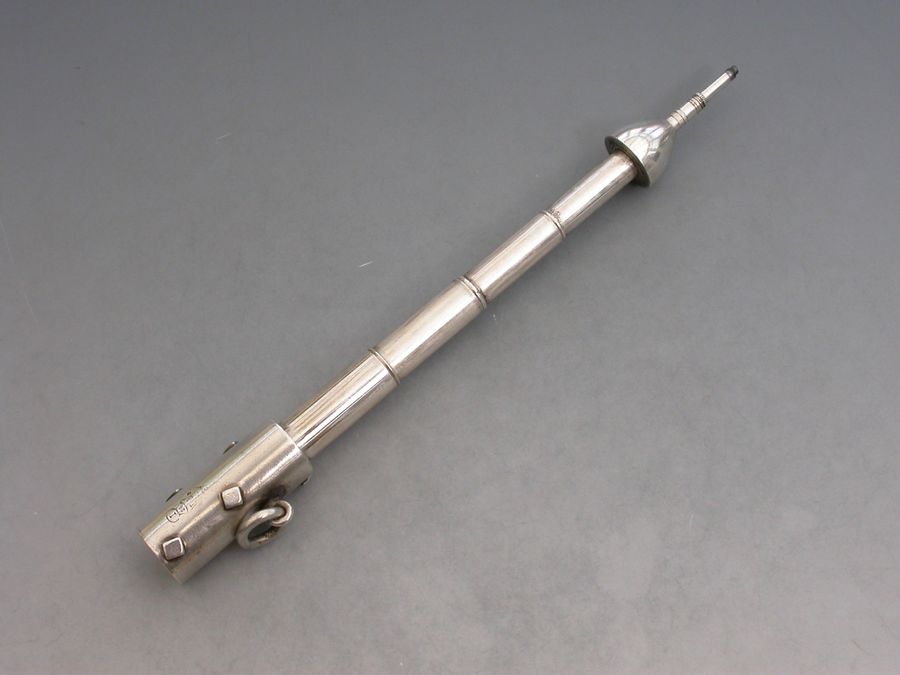
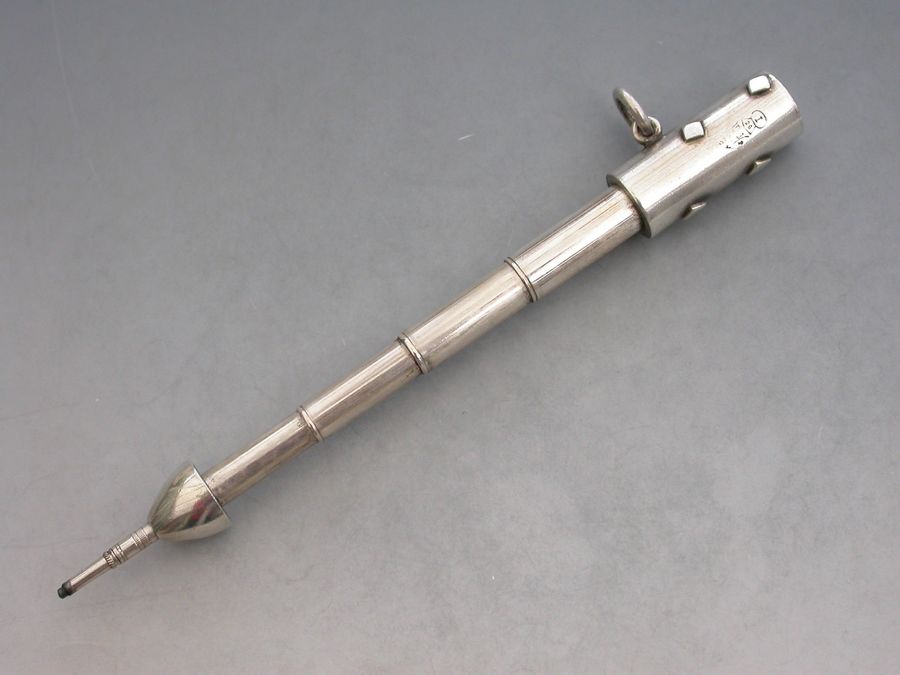
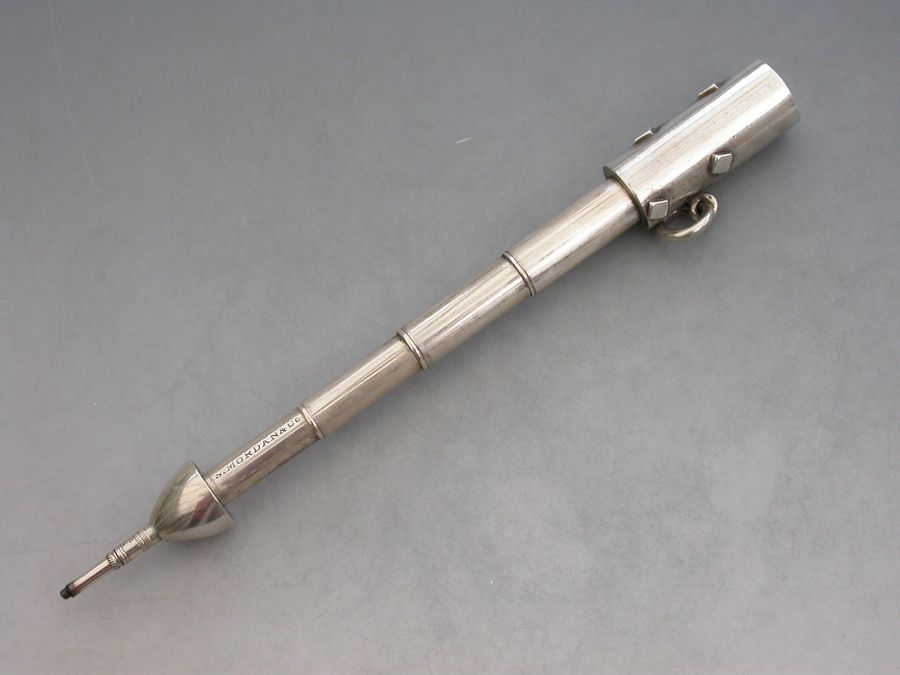
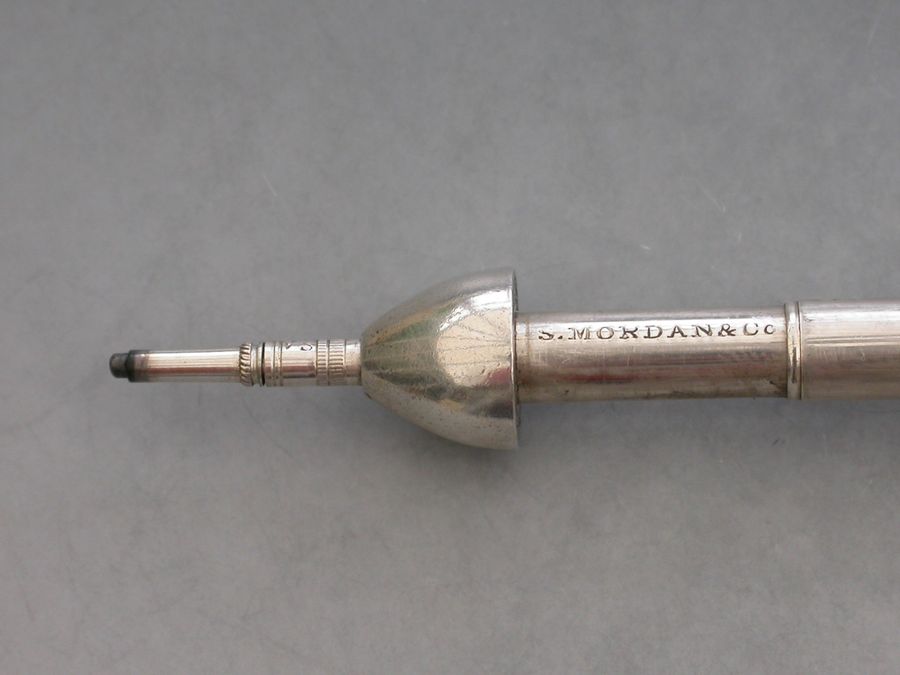

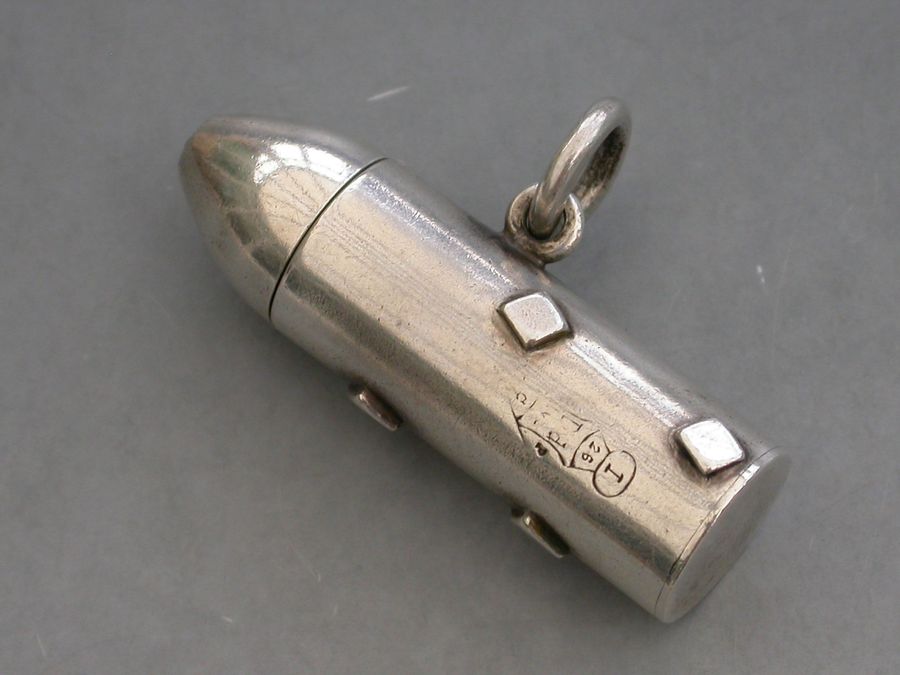
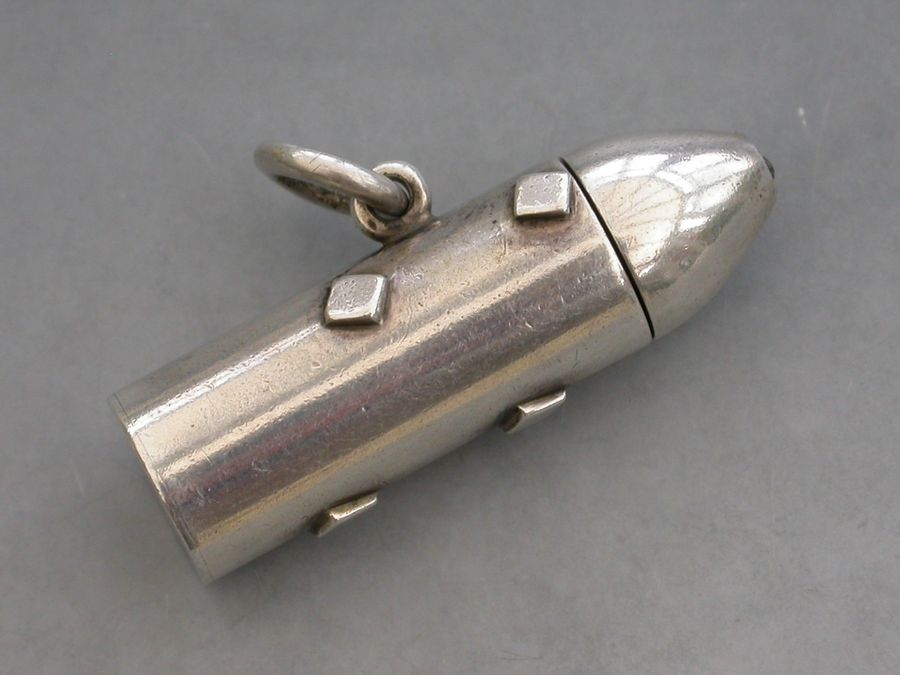
A rare novelty silver Propelling Pencil made in the form of a Rifled Muzzle Loading Artillery Shell with studs applied to the outer case and attached suspension ring.
By Sampson Mordan, London, c1877.
Also stamped with a diamond registration mark.
Open 124 mm
Closed 47 mm
Sold - £565.00
Condition
In good condition with no damage or repair and in full working order
Weight
22.00 Grams
(0.71 troy ounces)
Country
England
Stock Code
TRS060616A
Medium
Silver
Literature
Rifled muzzle loading shell: introduced in British service in the mid-1860s following the unsatisfactory service performance of the Armstrong RBL (rifled breech loading) guns. The inside of the barrel had spiral grooves into which ""studs"" on the shell fitted, to spin the shell and hence improve accuracy and range. The propellant charge, followed by the projectile, is loaded through the muzzle. ""RML"" became necessary to distinguish between the new rifled and old unrifled smoothbore muzzle loaders (ML).
The first generation of British RML guns in the mid-1860s typically used William Armstrong's design of a wrought-iron ""A"" tube surrounded by multiple wrought-iron coils. Later marks of guns built by the Royal Gun Factory from the late 1860s onward introduced a toughened mild steel ""A"" tube to increase the gun's strength, and also used fewer but heavier coils to reduce the cost of manufacture. RML guns in British government service were designed by the Royal Gun Factory, Woolwich, and typically had only a few (three to nine) broad shallow rifling grooves, compared to the many sharp-edged grooves (""polygroove"") of the Armstrong system. They were hence referred to as ""Woolwich"" guns.
From 1878 onwards ""gas-checks"" were attached to the base of RML shells to seal the bore and reduce windage; it was also found that these gas-checks could be used to rotate the shell, allowing studs to be dispensed with, which was an improvement as the slots in the shell for studs were found to be weak points leading to shells fracturing. The gas-checks evolved into the driving bands still in use today. Modern RML examples are rifled field mortars.
